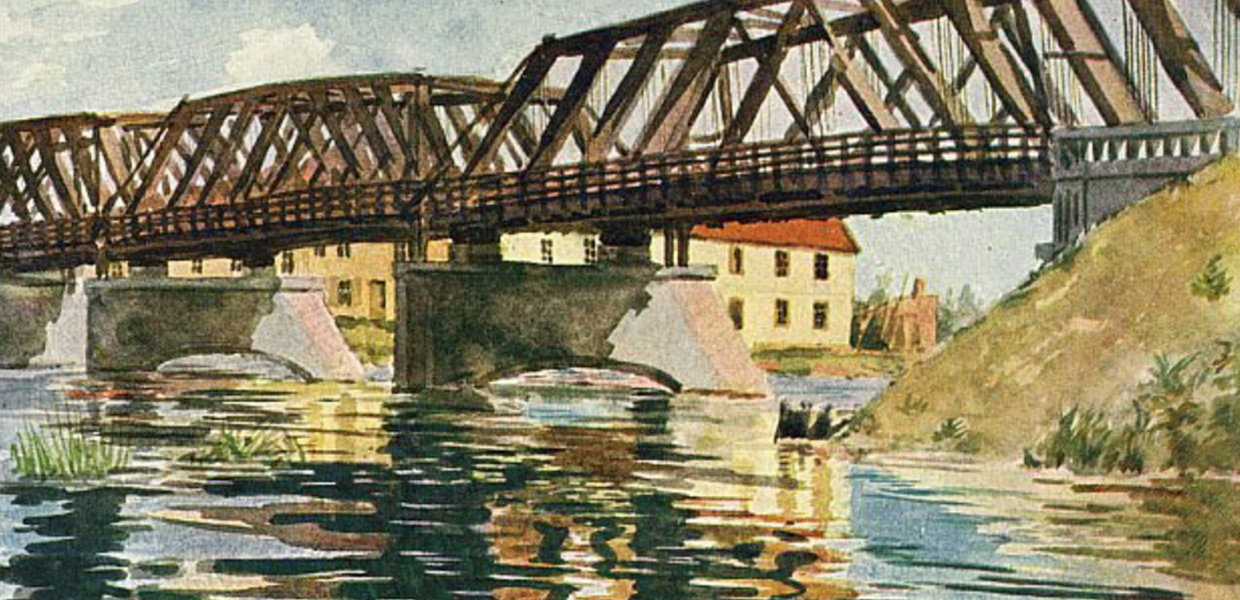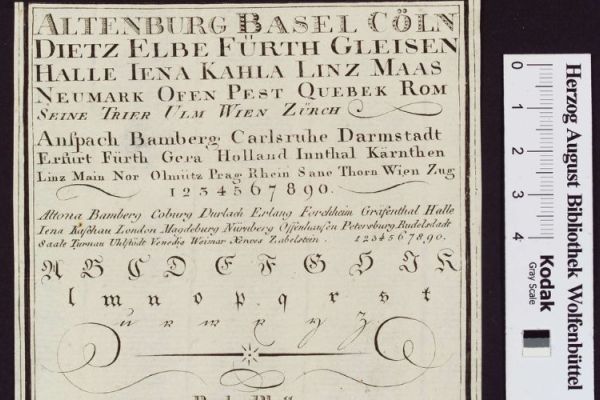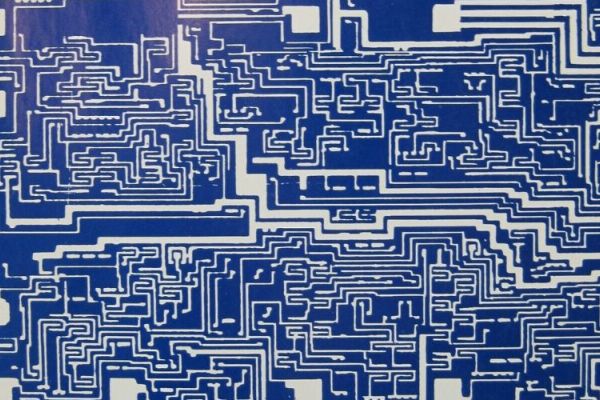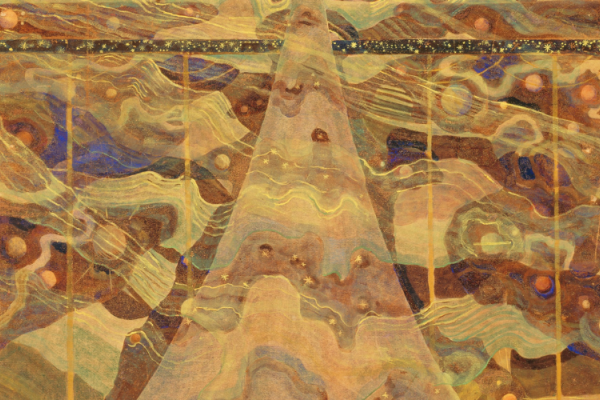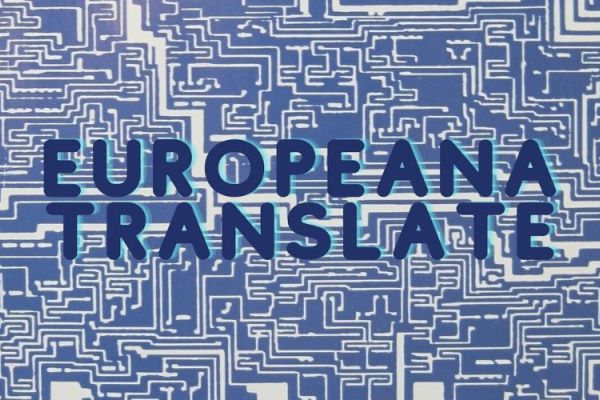The collections on Europeana.eu showcase impressive linguistic diversity. However, previous to the project, the majority of metadata records were only available in the language of origin which represented a barrier to exploring and engaging with cultural heritage content. To address this challenge, Europeana Translate connected the Europeana DSI with the Automated Translation DSI to advance the multilinguality of European digital cultural heritage.
For this, the project developed a sustainable pipeline and a set of supporting tools that provide cultural heritage resources sourced from Europeana.eu to the ELRC-SHARE repository, the European language repository for documenting, browsing and accessing language data that feeds the Automated Translation platform DSI. Furthermore, the project enriched existing datasets on Europeana.eu with multilingual metadata.
The pipeline made use of Europeana APIs and the MINT data aggregation service of the National Technical University of Athens, as well as building upon the existing automated translation engines developed by the project partner Pangeanic.
As a result, the project translated the metadata of more than 29 million records available on Europeana.eu into English. Additionally, it added more than 10 million metadata records from Europeana to the ELRC-SHARE repository. The resources include records with metadata in parallel languages (meaning, that all data will be in more than one language) and, where not possible, monolingual records, covering 21 European languages. All resources will be available for reuse, supporting the goal of eTranslation services to overcome language barriers and to assist European citizens and institutions with their multilingual needs.
Finally, the supporting set of tools was developed under an open licence to enable their use by cultural heritage institutions, service providers and other interested parties.
This project was an Automated Translation Generic Services project, and it was co-financed by the Connecting Europe Facility of the European Union.

